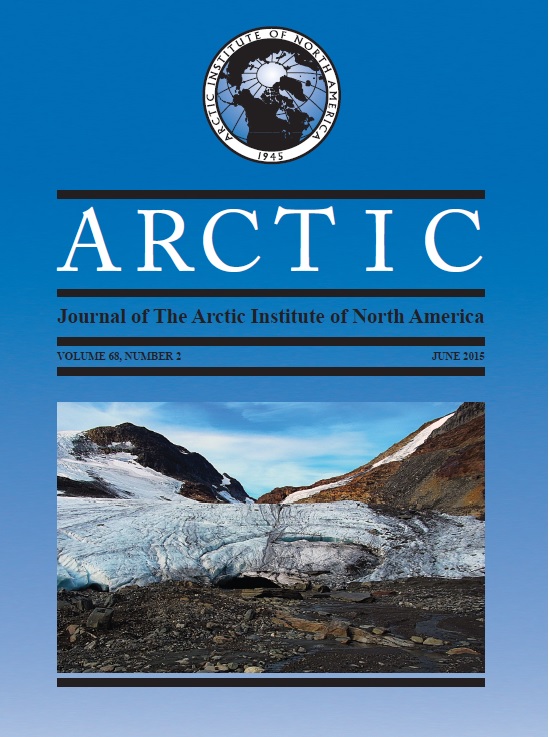Response of Lacustrine Biota to Late Holocene Climate and Environmental Conditions in Northernmost Ungava (Canada)
DOI :
https://doi.org/10.14430/arctic4487Mots-clés :
chironomides, diatomées, silice biogénique, climat, lacs nordiques, UngavaRésumé
Les archives sédimentaires couvrant la période de l’Holocène tardif ont été examinées dans trois lacs situés dans la région du nord de l’Ungava, au Québec (Canada). Un modèle d’inférence basé sur les assemblages de chironomides a été utilisé pour reconstruire la variabilité des températures de l’air du mois d’août, et la production primaire lacustre a été inférée par le contenu sédimentaire en silice biogénique et les abondances des microfossiles siliceux. Les variations historiques de la production primaire, du contenu organique du sédiment (évalué par la perte au feu) et les températures inférées ont été comparées afin d’explorer les effets potentiels des changements environnementaux sur la composition des assemblages à différentes échelles temporelles (centenaires à millénaires). Malgré le fait qu’aucune corrélation directe n’ait été observée entre les températures inférées en août et la productivité primaire, certaines indications suggèrent que les communautés de chironomides et de diatomées répondaient aux mêmes processus climatiques et environnementaux régionaux. Au cours de la dernière décennie, le nord du Québec a connu un réchauffement rapide et marqué, contrastant avec l’inertie relative des derniers millénaires. Cette étude fournit le scénario de référence par rapport auquel les changements environnementaux actuels et futurs pourront être comparés dans cette région.


